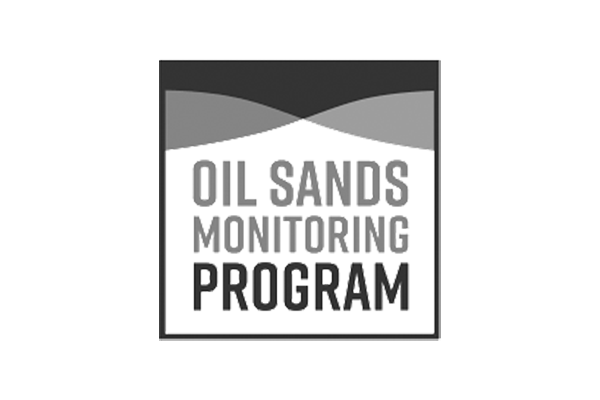Discover ABMI Data & Tools
Data Toolbox
Quick access to our data products and online reports.
Discover ABMI Data & Tools
Quick access to our data products and online reports.
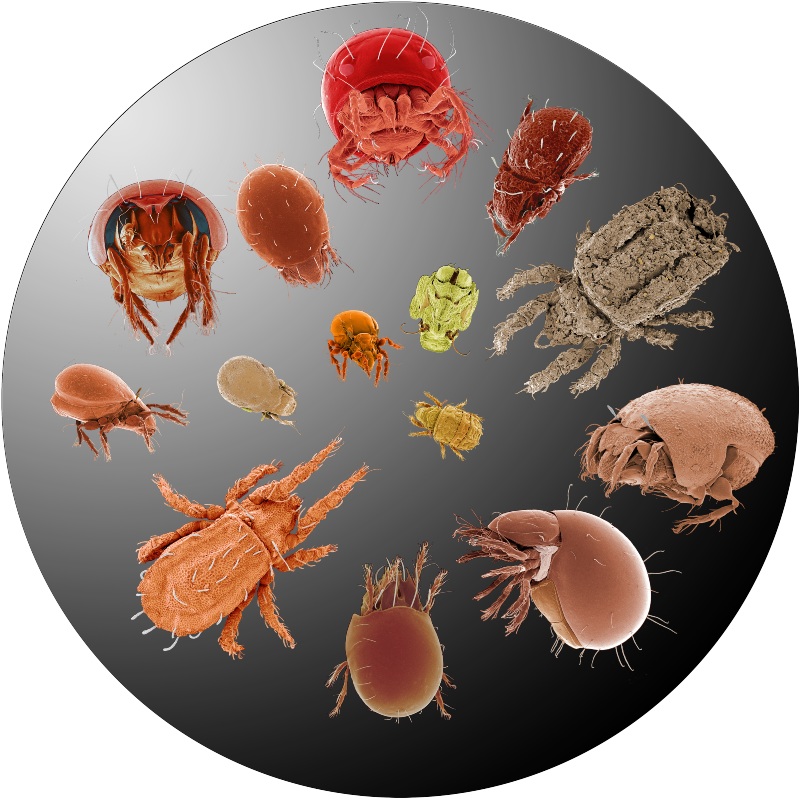 Photo Credit: D.E. Walter
Photo Credit: D.E. Walter
No larger than the tip of a ballpoint pen, several hundred thousand oribatid mites can be found in a cubic metre of healthy soil.
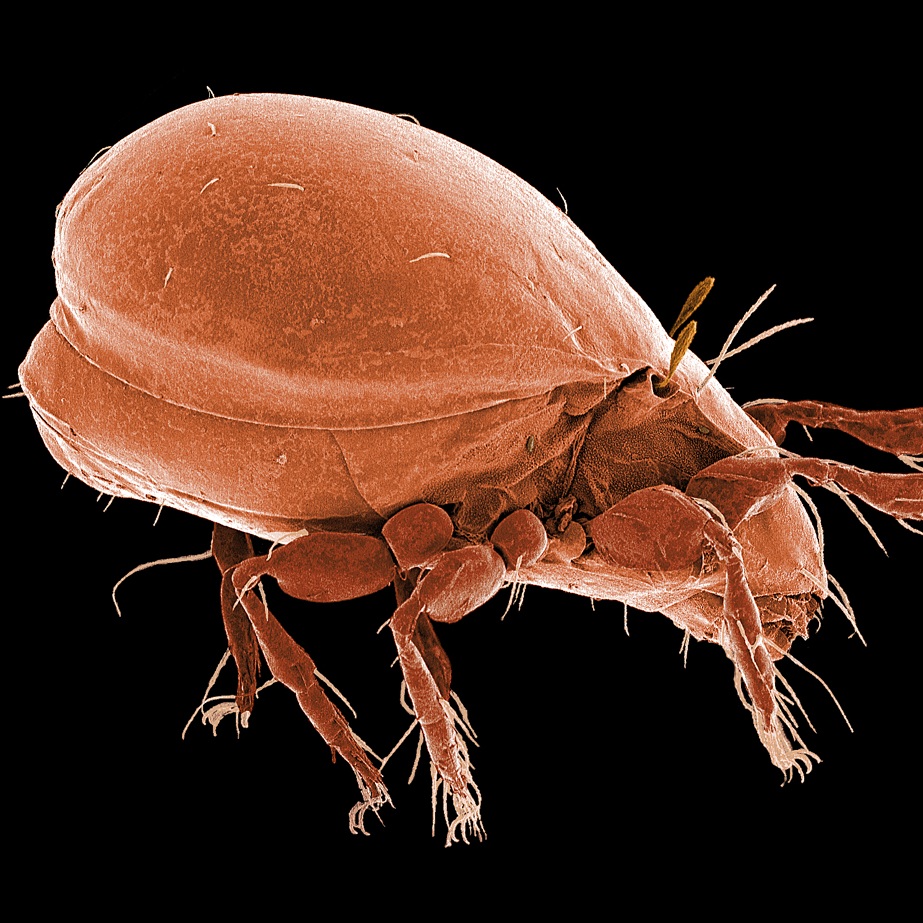 Photo Credit: D.E. Walter
Photo Credit: D.E. Walter
Field Roamer (Oribatula sp. 1 DEW)
PURPOSE: In this study, we examine the relationship between the Oil Sands Region (OSR) energy footprint and oribatid mite abundance, diversity and community composition.
Healthy, functioning soils are rich with soil organisms including oribatid mites. These mites are typically the most abundant arthropod in the soil and a strong indicator of soil health. In the OSR, energy sector activities disturb soils in a number of ways, for example: soil compaction from vehicle and foot traffic; removal of soil during mining activities; and replacement of soils during construction of well pads, industrial complexes and road networks. This study included investigating how oribatid mite communities are affected by energy sector activities in the OSR.
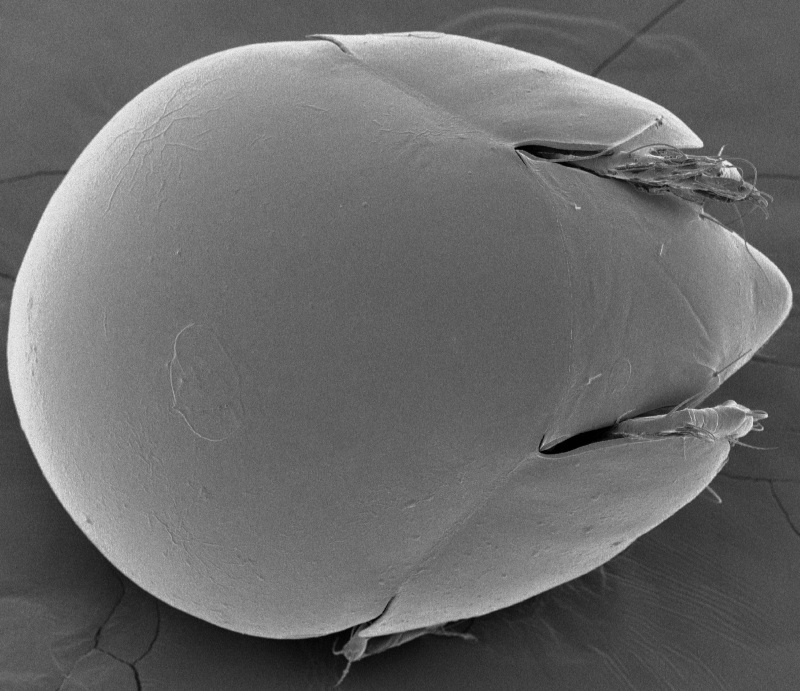
Boreal Elephant-ear Mite (Galumna sp. 1 DEW) is associated with energy-related activities in the OSR.
For complete results see: Lumley, L.M., E.T. Azeria, V.A. Giacobbo, and T.P. Cobb. 2023. Effects of natural land cover, anthropogenic disturbance, space, and climate on oribatid mite communities in Canada’s oil sands region. Diversity 15:469. https://doi.org/10.3390/d15040469

Lead Scientist, Terrestrial Invertebrates
Lisa has over 20 years' of research experience in biodiversity monitoring and invertebrate systematics, genomics and ecology. Her role with the ABMI includes examining soil biodiversity and soil health.
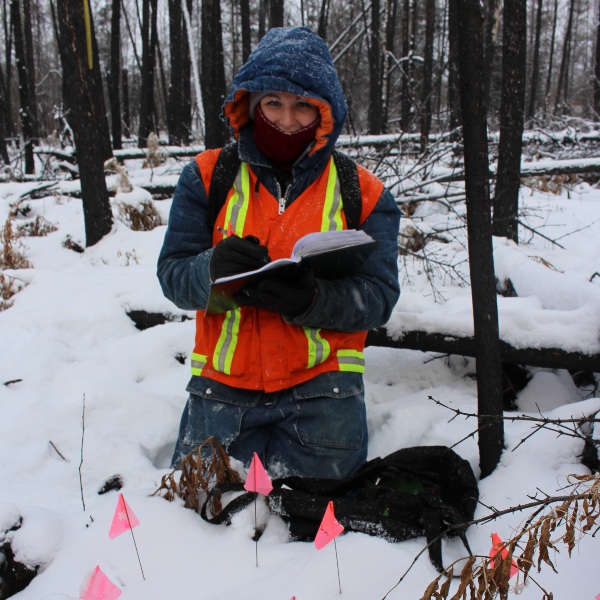
Terrestrial Invertebrate Taxonomist
Victoria began pursuing her love for biological diversity in earnest by volunteering for the ABMI in 2014, and started her role as a terrestrial invertebrate taxonomist in 2016. In her spare time, Victoria enjoys playing soccer, camping and collecting insects.
If you have questions about the ABMI's soil mite monitoring program, please get in touch: llumley@ualberta.ca
Alberta Biodiversity Monitoring Institute. 2014. Terrestrial field data collection protocols (abridged version) 2014-03-21. Alberta Biodiversity Monitoring Institute, Alberta, Canada. Report available at: https://www.abmi.ca/home/publications/1-50/46.html
Walter, D.E., S. Latonas, K. Byers, and L.M. Lumley. 2014. Almanac of Alberta Oribatida, part l, v2.4. Edmonton, Alberta. 542 pp. https://doi.org/10.13140/RG.2.2.15348.07044
Walter, D.E. and L.M. Lumley. 2021. Almanac of Alberta Acari, part ll, version 3.0. Edmonton, Alberta. 192 pp. https://doi.org/10.13140/RG.2.2.26989.72166
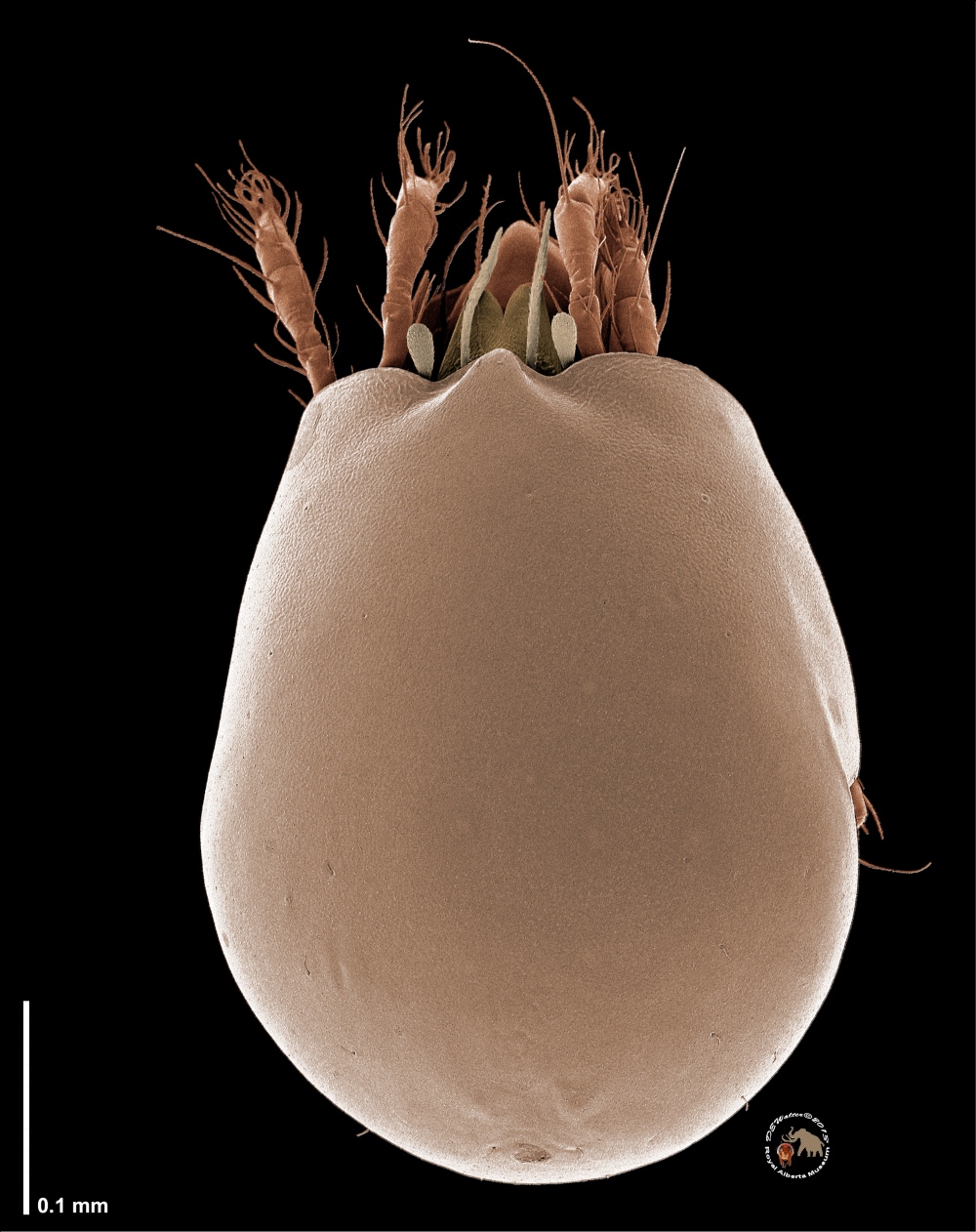 Photo Credit: D.E. Walter
Photo Credit: D.E. Walter
Labrador Tea Horned Mite (Dentizetes ledensis)
Flaherty, L., M. Hills, V. Giacobbo, P. Kuczmarski, M. Momborquette, and L. Lumley. 2024. Impacts of garlic mustard (Alliaria petiolata, Brassicaceae) invasion on oribatid mites in urban forest soils vary with the size of the invaded patch. Pedobiologia 103: 150933.
https://www.sciencedirect.com/science/article/pii/S0031405624008540
Lumley. L.M., E.T. Azeria, V.A. Giacobbo, and T.P. Cobb. 2023. Effects of natural land cover, anthropogenic disturbance, space, and climate on oribatid mite communities in Canada’s oil sands region. Diversity 15:469. https://doi.org/10.3390/d15040469
Lupardus, R.C., J.P. Battigelli, A. Janz, and L.M. Lumley. 2021. Can soil invertebrates indicate well pad reclamation success on cultivated lands? Soil & Tillage Research 213:105082. https://doi.org/10.1016/j.still.2021.105082
Meehan, M.L., Z. Song, L.M. Lumley, T.P. Cobb, and H. Proctor. 2019. Soil mites as bioindicators of disturbance in the boreal forest in northern Alberta, Canada: Testing taxonomic sufficiency at multiple taxonomic levels. Ecological Indicators 102:349-365. https://doi.org/10.1016/j.ecolind.2019.02.043
McAdams, B.N., S.A. Quideau, M.J.B. Swallow, and L.M. Lumley. 2018. Oribatid mite recovery along a chronosequence of afforested boreal sites following oil sands mining. Forest Ecology and Management 422:281-293. https://doi.org/10.1016/j.foreco.2018.04.034
Walter, D.E. and S. Latonas. 2013. A review of the ecology and distribution of Protoribates (Oribatida, Oripodoidea, Haplozetidae) in Alberta, Canada, with the description of a new species. Zootaxa 3620:483-499. https://doi.org/10.11646/zootaxa.3620.3.9
Mites of Alberta webinar. Available to view at: https://www.youtube.com/watch?v=moAkFhKyKYk

.png)


